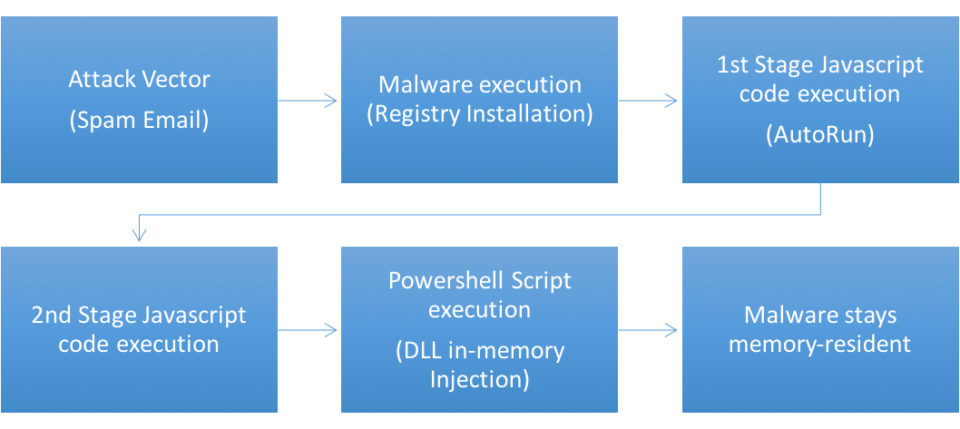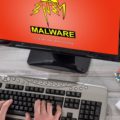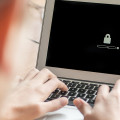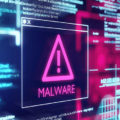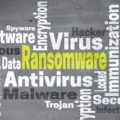We’re all aware of the dangers of opening suspicious files, but what happens when hackers develop the skills to unleash malware without infected files?
Due to the popularity of file-based attacks, most security software concentrates on combating this particular avenue of hacking. And it’s certainly an effective method of shutting down most malware attacks before they’re able to steal or, in the case of ransomware, encrypt your data. Due to the success of blocking these attacks, hackers have had to go back to the drawing board and evolve their methods of attack in order to become less detectable.
The end result of this evolution has seen a rise in sophisticated hacking methods and, in particular, fileless malware is now beginning to grab headlines. And, due to the lack of knowledge of this development in hacking, attacks have increased in frequency and their success rate has also flourished. As fileless malware could easily hit your organization at any given time, it’s a good idea to educate yourself on the threat.
What is Fileless Malware?
You don’t have to be a security expert to understand that fileless malware is a malware variant which forgoes the use of infected files. Instead, fileless malware takes advantage of trusted Windows components such as PowerShell that are rarely checked for infections. PowerShell is hardly ever used by the average PC user, but it’s an important component that can be used to execute system administration tasks and, therefore, taking control of this is a hacker’s dream.
As mentioned, fileless malware does not involve the use of any files to infect a PC. The most common technique to launch an attack is through spam email which contains a link to an infected website. If that link is clicked then the user is transported to a spoof website where Flash player loads and, at the same time, activates a malicious script that accesses PowerShell on the victim’s PC. Infected PowerShell scripts are then downloaded which allow the hackers to collect sensitive data and transmit it back to a remote location.
How Do You Combat Fileless Malware?
Data leaks can be highly damaging not just for your staff and customers, but also your organization’s reputation. Therefore, with the advent of fileless malware, it’s essential that you understand how to protect your business from its malicious activity. To help you keep one step ahead of fileless malware, make sure you action the following:
- If you don’t use PowerShell in your IT operations then disable it. This nullifies the threat of any PowerShell exploit. Additionally, the same applies to Windows Management Instrumentation which has also been discovered to be vulnerable to fileless malware.
- Monitor the amount of data leaving your network. If there’s a spike in data leaving your network then it’s possible that this is the result of malware transmitting sensitive data to a remote hacker.
- Don’t rely on antivirus software alone as this is less effective when it comes to fileless malware. Instead, practice vigilance and monitor any unusual emails.
- Disable macros at all costs, unless they’re company approved, as macros are another tool employed by hackers as part of a fileless malware attack.
- As ever, regularly update your software to reduce the chance of known software vulnerabilities being exploited.
For more ways to secure and optimize your business technology, contact your local IT professionals.




